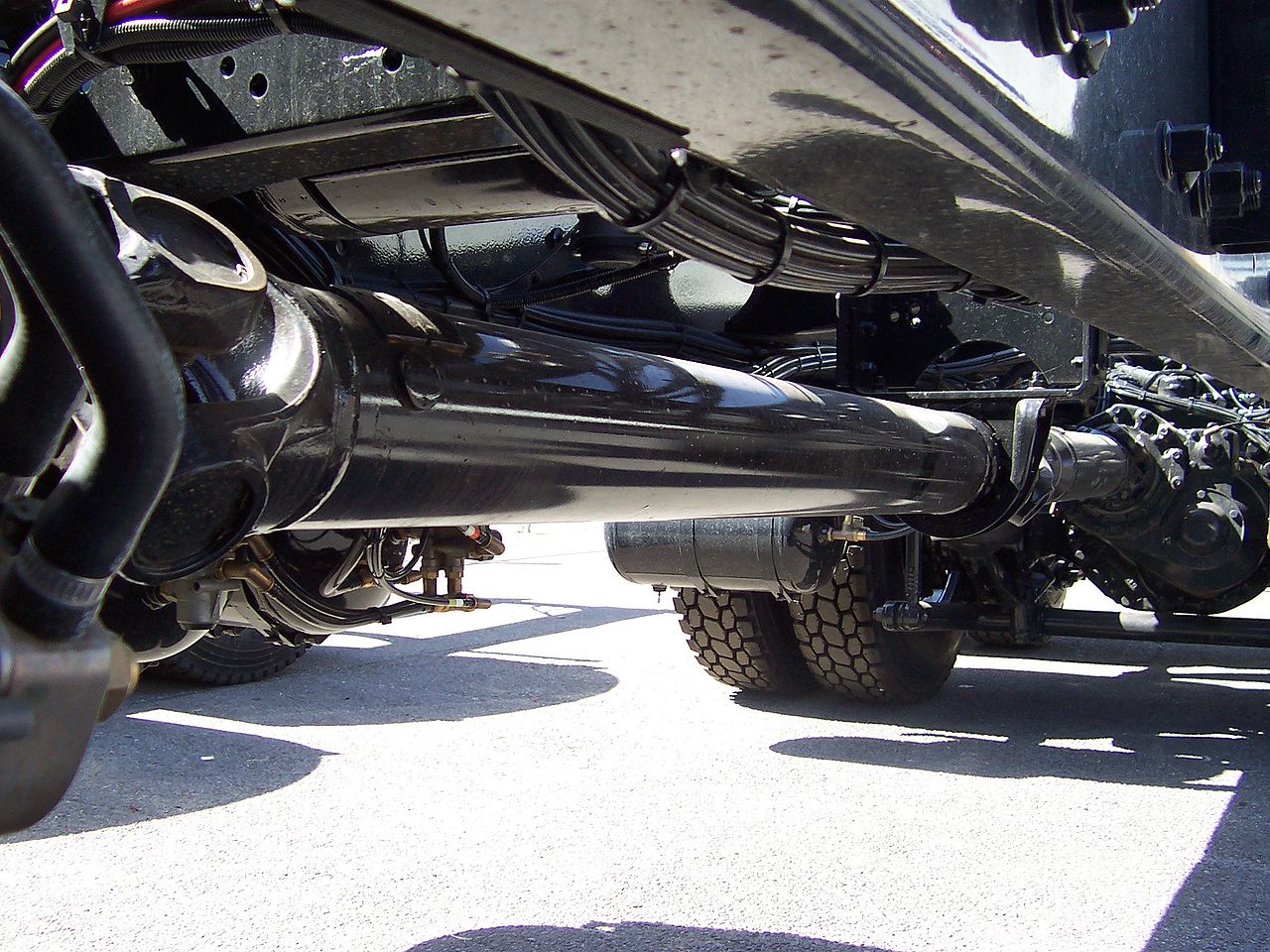If you’re in the market for a new driveshaft, it’s important to measure the length of your current shaft before purchasing a new one.
Not only will this ensure that you’re getting the correct length, but it will also ensure that the new shaft fits properly and is compatible with your car. Here are a few tips on how to measure your driveshaft length.
What Is The Best Way To Measure The Length Of A Driveshaft?
The following section describes how to measure driveshaft length step-by-step. Come along and read all the way to the end.
- Drive your car off the ground on its suspension. Measure the distance from the center of one drive shaft hub to the center of the other drive shaft hub (this will be referred to as “D”), and record this measurement.
- Locate your driveshaft flange at either end of your driveshaft, and measure between these two points (F). This measurement will be equal to D + 1 inch (25mm).
- Using a driveshaft wrench, loosen the bolts that hold your current shaft in place (these will be referred to as “B”). Once these bolts are loose, carefully pull your old shaft out of the vehicle.
- Measure the width of your new driveshaft at its flange (W). If W is wider than D + 1 inch (25mm), you will need to order a custom-made driveshaft from an aftermarket supplier. If W is within the allowed tolerance, you can go ahead and order your new shaft.
- Once your new shaft has arrived, re-secure the bolts that hold it in place (B), and install it into the vehicle.
- Be sure to tighten these bolts securely before driving your car off the ground once more to verify that your driveshaft is now properly installed. If your driveshaft is too long, it will not fit into your car’s engine compartment properly.
Furthermore, if the shaft is too short, it may blow out or seize up. Before making any modifications, be sure to measure your current driveshaft length and order a replacement that fits properly.
Check and/or replace your vehicle’s drivetrain components if you are having trouble starting or losing power (such as a belt, pulley, or motor).
It may be possible to fix your problem by replacing a worn belt or another drivetrain component. It is likely that you will need to replace the entire drivetrain if your problem is caused by a faulty motor or gearbox.
What is the inspection process?
Follow these steps to inspect and/or replace a drivetrain component on your vehicle:
- Remove the bolts that secure your current driveshaft in place (these will be referred to as “B”).
- Carefully pull your old shaft out of the vehicle.
- Measure the width of your new driveshaft at its flange (W). If W is wider than D + 1 inch (25mm), you will need to order a custom-made driveshaft from an aftermarket supplier.
- Once your new shaft has arrived, re-secure the bolts that hold it in place (B).
- Install the new shaft into the vehicle and tighten these bolts securely before driving your car off the ground once more to verify that your driveshaft is now properly installed.
Conclusion
You can’t properly mount your driveshaft in your car’s engine compartment if it is too long. Furthermore, too short shafts can blow out or jam during use. Measure the length of your current driveshaft before beginning any modifications in order to avoid these problems.
In case you for driveline shop near me? Take a look at this article.

